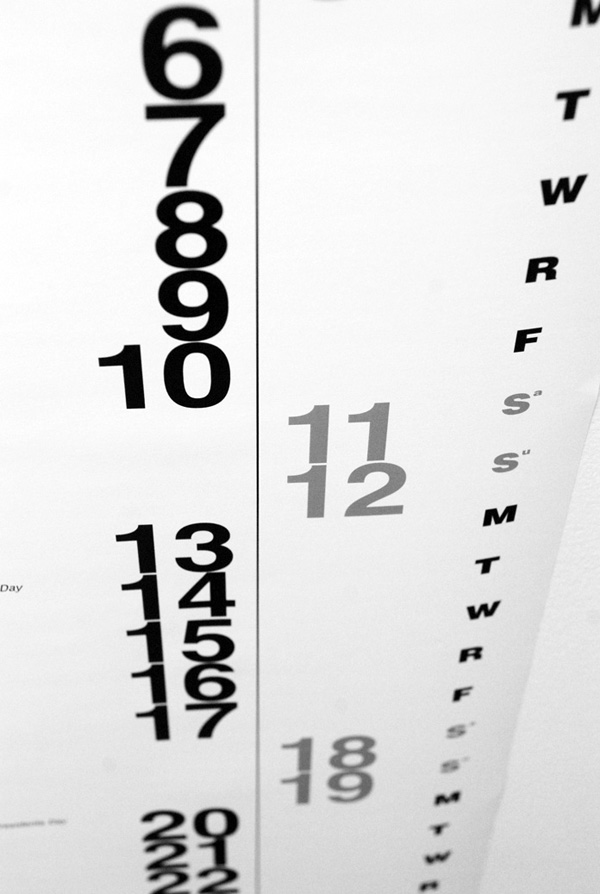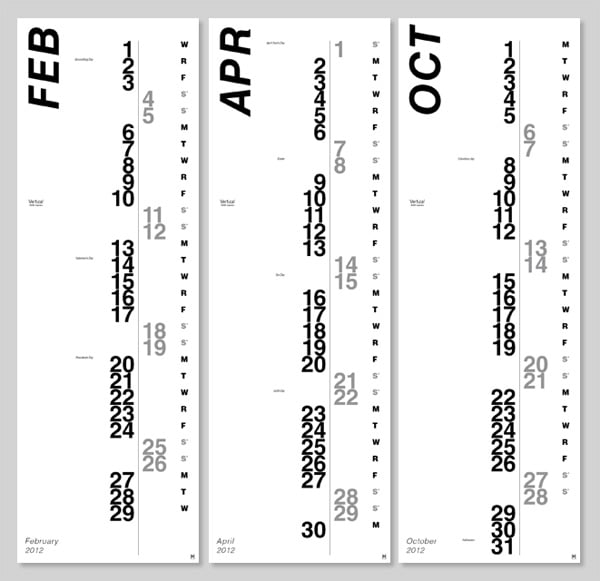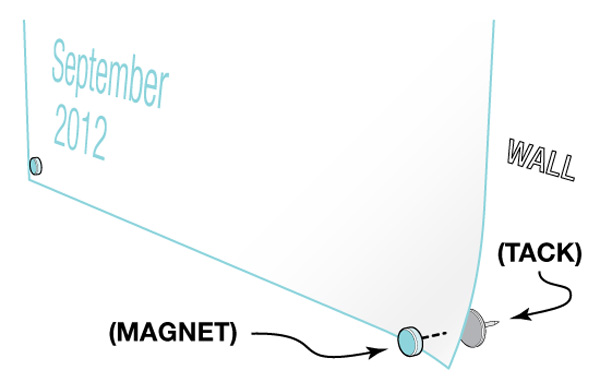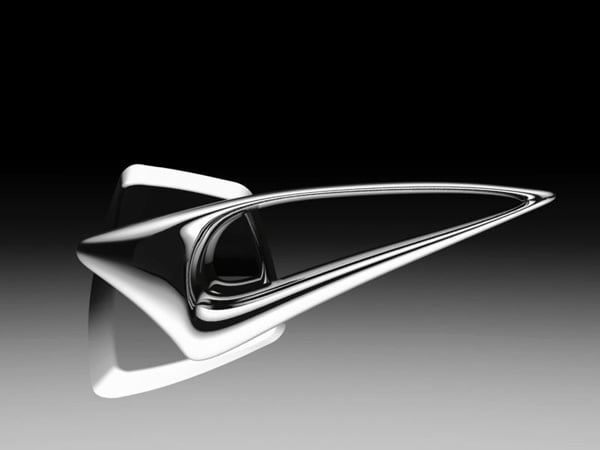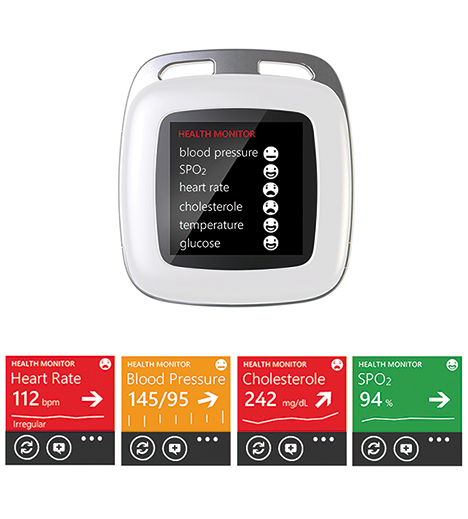
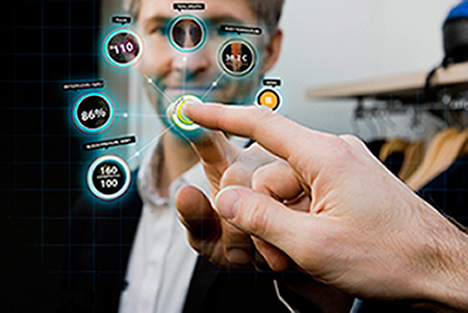
After over 40 years of pioneering work in the Life Science industry, a multidisciplinary design team at Ergonomidesign put together their take on the future for the Health Care industry. Their challenge was to envision the future and develop possible solutions for the world to test, use and reflect on. The outcome has generated many discussions, both in the Design and Life Science industries as well as with politicians and policymakers in the European Union.
This article describes how Ergonomidesign developed a vision of the future for Life Sciences and how this served as a guide as their designers prototyped how we might manage our own health and interact with doctors, family and other medical professionals and services in the year 2015.
An Integrated Future of Health Care in the Year 2015
In 2009 Ergonomidesign's strategists and futuring experts set out to analyze macro, life science, social and technology trends set ten to twenty years out. We knew that health care was changing and that we could be a part of shaping the future. We also knew that people were seamlessly integrating technologies into their day-to-day activities, social lives and health care management. What we needed was a clear vision about how different the future should or could be.
Trends suggested that by the year 2015, desktop computers as we know them today, will be relics of the past. Rapid advances in screen technology and the diminishing size of microprocessors will make it possible to invent new archetypes for the computer, coupled with new gestural and semantic languages. In an age of ubiquitous computing, our walls, tables and other elements in our environment will become platforms for us to interact on. It will involve access to information, and exchange and generation of data. Most importantly, these interactions will involve people connecting with people in the most serendipitous ways, through a system that is constantly aware and always connected, if desired.
Our research suggested that as we move towards the future of health care, people will increasingly need to feel involved and in control of their own health. People will also need tools to help them collaborate closely with health care providers, doctors and other people they trust to help them manage their health.
 Our strategic work resulted in an eco-system that described the Integrated Future of Health Care in the year 2015 with the patient at the center of all activities, services, devices and products.
Our strategic work resulted in an eco-system that described the Integrated Future of Health Care in the year 2015 with the patient at the center of all activities, services, devices and products.
Our strategic work resulted in an eco-system that described the Integrated Future of Health Care in the year 2015 with the patient at the center of all activities, services, devices and products.
Bringing the Vision to Life
The vision needed to be grounded in the experiences of real patients. We introduced two characters that were assigned lifestyles and diseases as we tried to highlight potential real life scenarios. Throughout the entire design process, we leveraged the real world needs as we developed a service solution that would be as seamless, natural and effective as possible.
 The two characters Hanna and Bernhard.
The two characters Hanna and Bernhard.
To tangibly visualize our characters and a glimpse of the future, the team developed the eco-system described in the Integrated Future of Health Care into an application for the Microsoft Surface platform (Surface application). This technology was chosen for its unique ability to invite people into interactions and conversations around the display. Representing a future smart surface, it also provided our team with the opportunity to explore natural user interfaces (NUI) and at the same time challenged the team to design for a full 360-degree interaction and multi-input, multi-user collaboration.
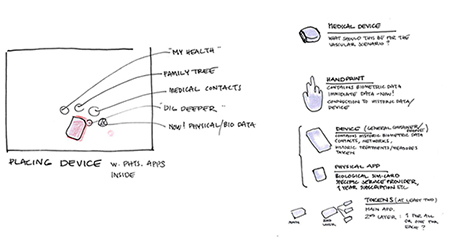
 An early sketch of the application for Microsoft Surface.
An early sketch of the application for Microsoft Surface.
Our aim was to illustrate the body as a container of biometric data. The simple act of placing your hand on 'a table' or any other type of smart surface, triggered an enlightened experience, e.g. you will be able to share and compare your biometric data with people you trust, subscribe to personalized treatment software and also have easy and constant access to your health care professionals.
(more...)